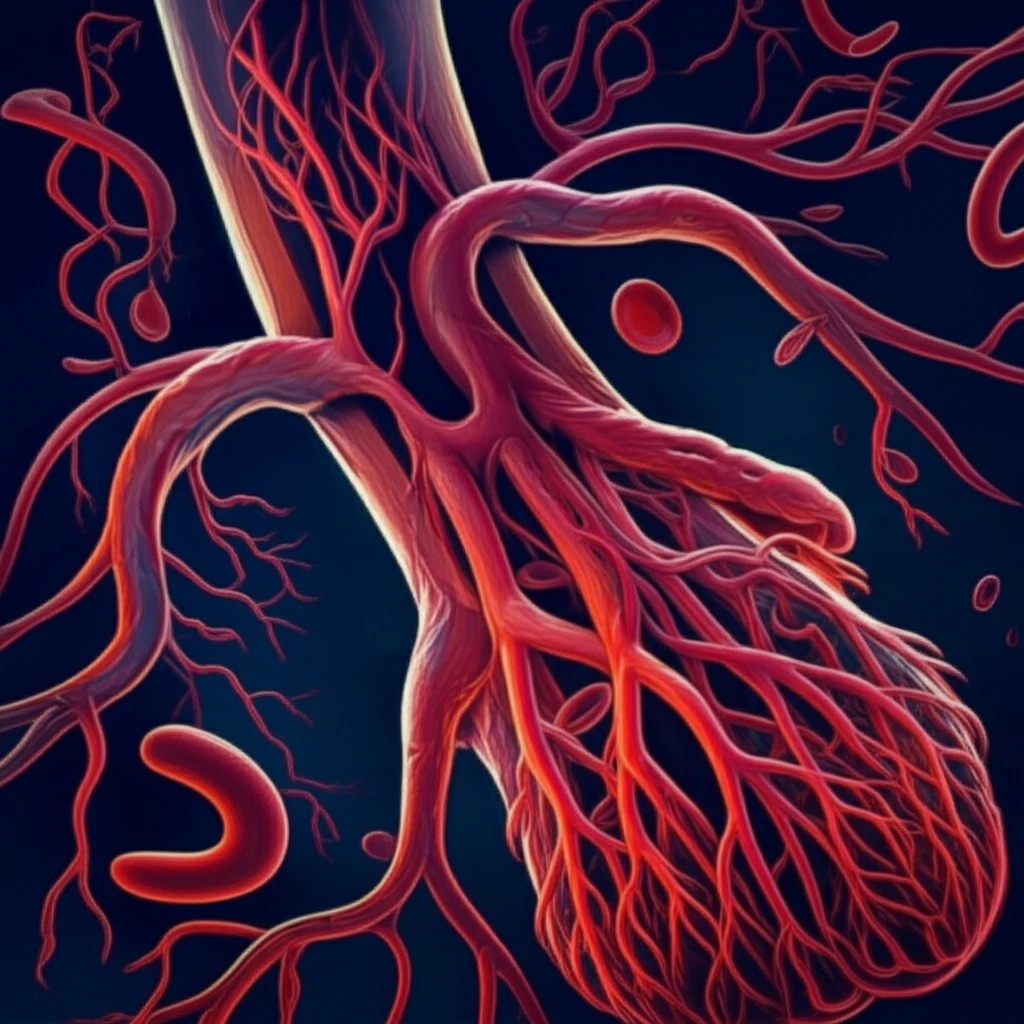
Exercise as Medicine: How Movement Can Help Heal Peripheral Artery Disease
"Unlocking the potential of exercise to combat PAD and promote collateral growth."
Peripheral Artery Disease (PAD) affects millions, limiting blood flow to the limbs and causing pain and reduced mobility. While medical interventions like surgery and medication are common, a growing body of research highlights the profound benefits of exercise as a therapeutic approach.
Exercise isn't just about building muscle; it triggers a cascade of biological responses that can help the body heal. For individuals with PAD, this translates to improved blood vessel growth (collateral circulation), reduced inflammation, and enhanced overall cardiovascular health. But how exactly does exercise achieve these benefits, and how can individuals with PAD safely and effectively incorporate it into their treatment plans?
Recent studies are shedding light on the mechanisms by which exercise combats PAD, paving the way for more targeted and effective exercise interventions. These studies emphasize the importance of understanding how exercise influences blood vessel development and immune responses in the context of PAD. This article explores groundbreaking research presented at the 6th ESVS Spring Meeting, providing insights into the transformative role of exercise in managing PAD.
Exercise Stimulates Collateral Growth in PAD: The Mouse Model

To understand the effects of exercise on PAD, researchers developed a mouse model to mimic the condition. In this study, mice with induced PAD were subjected to controlled exercise regimens, allowing scientists to observe the impact of physical activity on blood vessel growth and overall health. The findings revealed that exercise significantly promotes collateral growth – the development of new blood vessels that bypass blocked arteries – improving blood flow to the affected limbs.
- Improved Blood Flow: Exercise leads to a significant improvement in blood flow to the affected limbs, as evidenced by increased perfusion measurements.
- Macrophage Activity: Exercise increases the number of macrophages and endothelial monocyte activity which supports vascular repair and regeneration, reducing inflammation.
- No Difference in Size: There was no significant change to the size of collateral arteries between the groups.
Empowering PAD Patients Through Exercise: A Call to Action
The research presented underscores the importance of viewing exercise as a valuable tool in the management of PAD. However, it's crucial to approach exercise safely and effectively. Individuals with PAD should consult with their healthcare providers to develop personalized exercise plans that consider their specific condition and limitations.
By understanding the science behind exercise and its impact on PAD, individuals can take proactive steps to improve their vascular health. Embracing a healthy lifestyle that incorporates regular physical activity can lead to significant improvements in blood flow, reduced inflammation, and enhanced quality of life. Remember to consult with your doctor before starting any new exercise program.
The future of PAD treatment lies in a holistic approach that combines medical interventions with lifestyle modifications. As research continues to unravel the mechanisms by which exercise combats PAD, we can expect even more targeted and effective exercise interventions to emerge, empowering individuals to take control of their health and well-being.
